Fig. 14.23 depicts four x-t plots for linear motion of a particle. Which of the plots represent periodic motion? What is the period of motion (in case of periodic motion) ?Solution in Gujrati

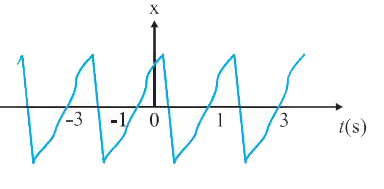
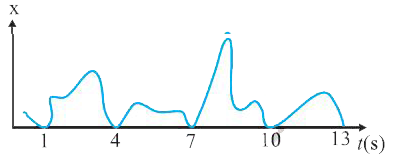

(b) and (d) are periodic, each with a period of 2 s, (a) and (c) are not periodic. [Note in (c), repetition of merely one position is not enough for motion to be periodic, the entire motion during one period must be repeated successively].
Topper's Solved these Questions
- BOOK - NCERT GUJARATICHAPTER - OSCILLATIONSEXERCISE - Additional Exercises6videos
OSCILLATIONS
- BOOK - NCERT GUJARATICHAPTER - OSCILLATIONSEXERCISE - Additional Exercises6videos
OSCILLATIONS
- BOOK - NCERT GUJARATICHAPTER - MOTION IN A STRAIGHT LINEEXERCISE - ADDITIONAL EXERCISES5videos
MOTION IN A STRAIGHT LINE
- BOOK - NCERT GUJARATICHAPTER - PHYSICAL WORLD EXERCISE - EXERCISES8videos
PHYSICAL WORLD
Similar Questions
An air chamber of volume V has a neck area of cross section a into which a ball of mass m just fits and can move up and down without any friction (Fig.14.27). Show that when the ball is pressed down a little and released , it executes SHM. Obtain an expression for the time period of oscillations assuming pressure-volume variations of air to be isothermal [see Fig. 14.27].
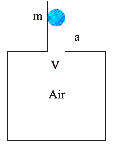 02:37View Solution
02:37View SolutionAn air chamber of volume V has a neck area of cross section a into which a ball of mass m just fits and can move up and down without any friction (Fig.14.27). Show that when the ball is pressed down a little and released , it executes SHM. Obtain an expression for the time period of oscillations assuming pressure-volume variations of air to be isothermal [see Fig. 14.27].
 04:33View Solution
04:33View SolutionA boy standing on a stationary lift (open from above) throws a ball upwards with the maximum initial speed he can equal to 49 ms-1. How much time does the ball take to return to his hands ? If the lift starts moving up with a uniform speed of 5 ms−1 and the boy again throws the ball up with the maximum speed he can, how long goes the ball take to return to his hands ?
05:20View SolutionSome of the most profound statements on the nature of science have come from Albert Einstein, one of the greatest scientists of all time. What do you think did Einstein mean when he said: "The most incomprehensible thing about the world is that it is comprehensible" ?
02:16View SolutionFig. 14.23 depicts four x-t plots for linear motion of a particle. Which of the plots represent periodic motion? What is the period of motion (in case of periodic motion) ?
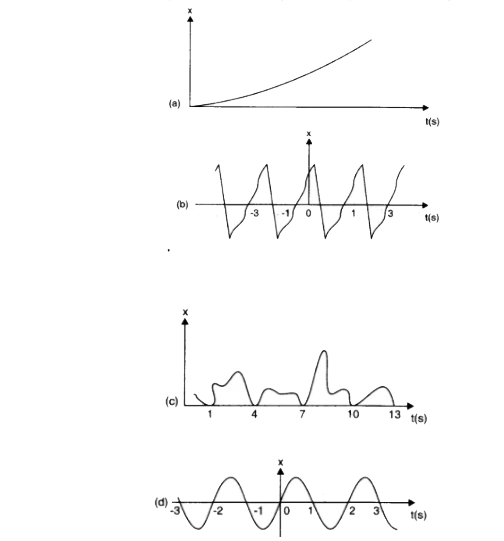 02:32View Solution
02:32View Solutionकिसी कण की रैखिक गति के लिए चार x-t आरेख दिए गए हैं | इनमे से कौन-सा आरेख आवर्ती गति का निरूपण करता हैं ? उस गति का आवर्तकाल क्या हैं (आवर्ती गति वाली गति का ) |
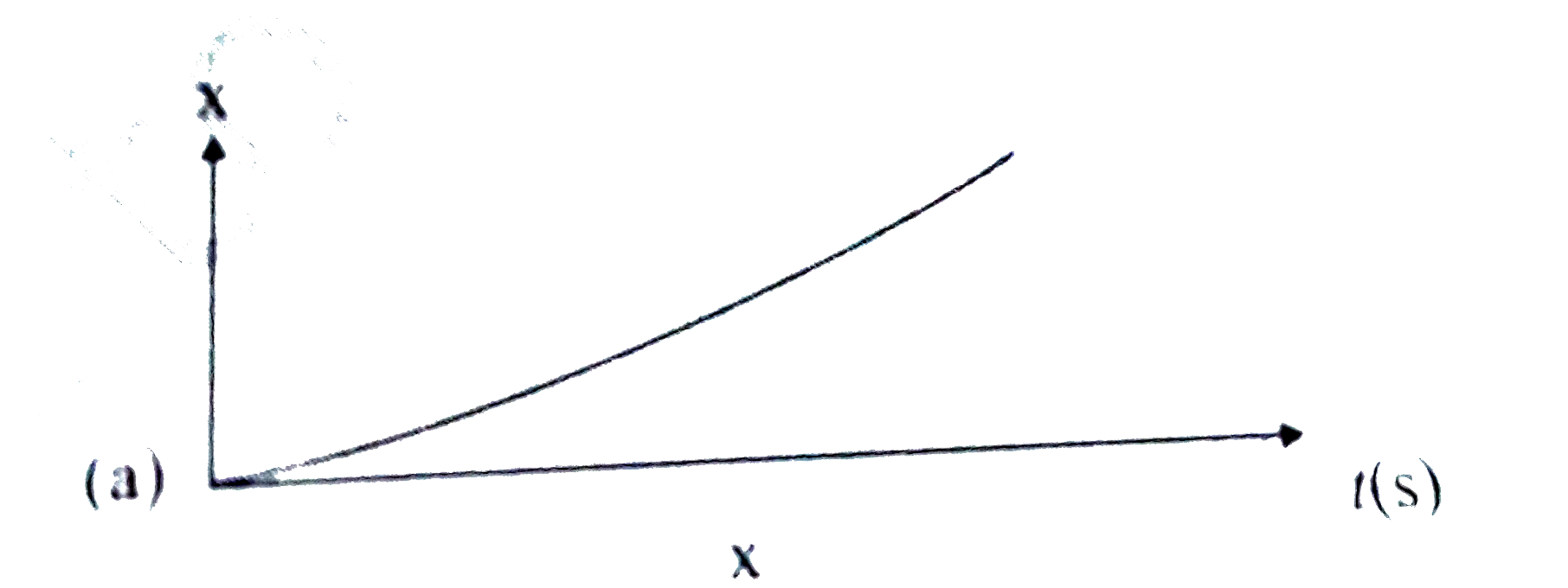
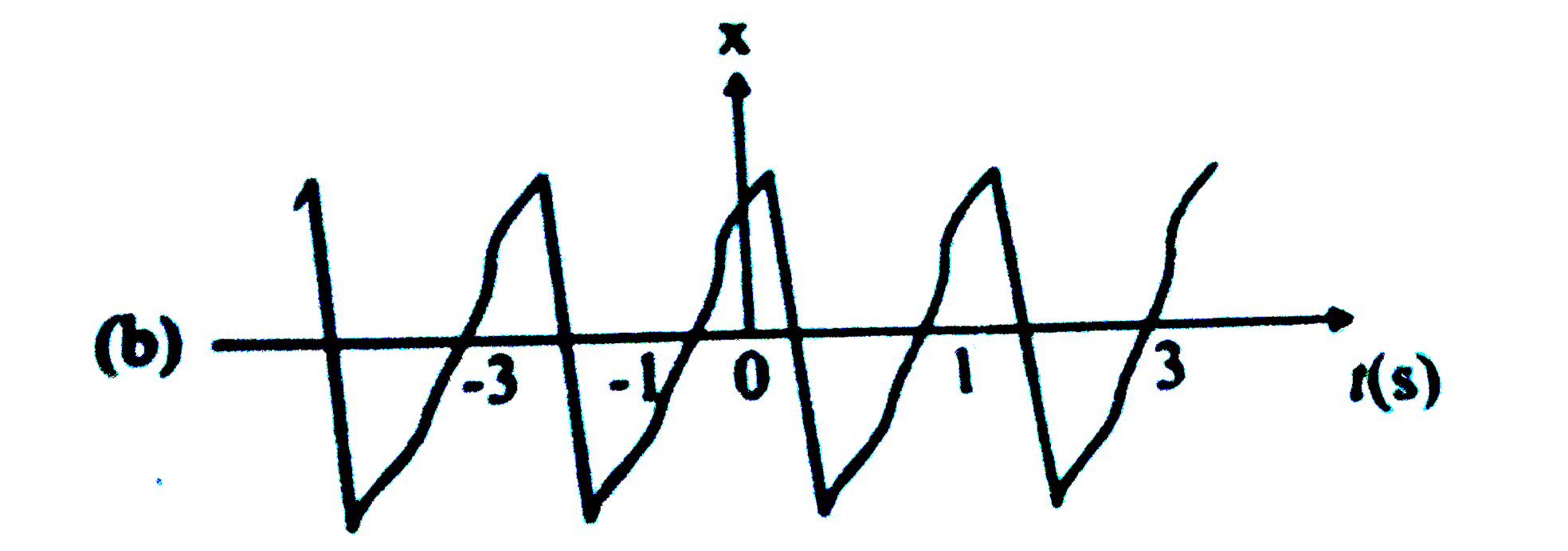

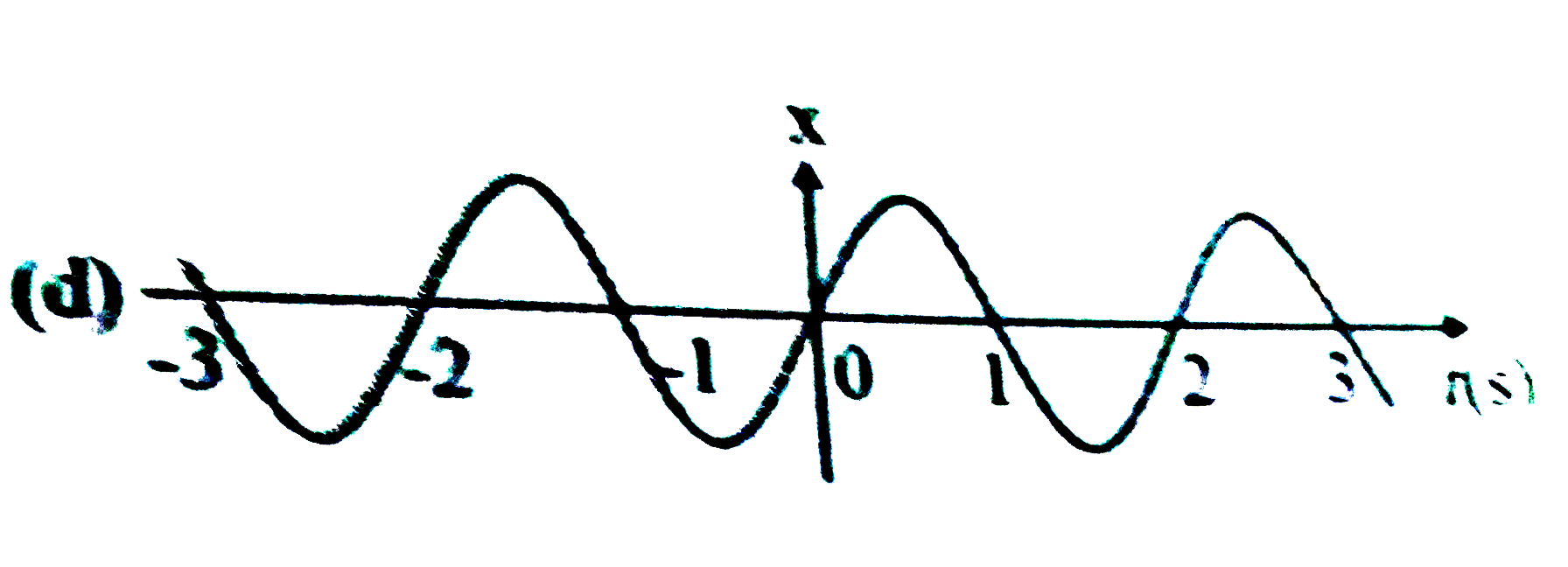 02:05View Solution
02:05View Solutionसरल रेखीय आवर्त गति के आवश्यक प्रतिबन्ध लिखिए | सरल आवर्त गति करते हुए किसी कण की विस्थापन-समीकरण स्थापित कीजिये
View Solutionसरल आवर्त गति करते हुए कण का आवर्तकाल होता है -
02:49View Solutionचित्र में किसी कण की रैखिक गति के लिये चार :आरेख दिये गये हैं। इनमें से कौन-सा आरेख आवर्ती गति का निरूपण करता है? उस गति काआवर्तकाल क्या है (आवर्ती गति वाली गति का)

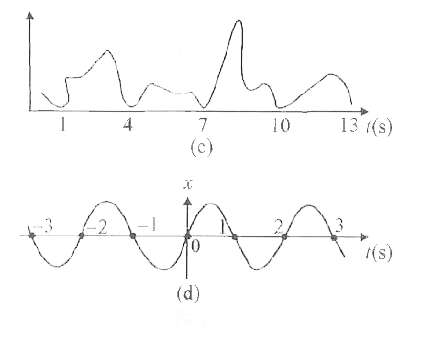 02:49View Solution
02:49View SolutionWhat is meantby the periodic motion of particle?
View SolutionFig. 14.23 depicts four x-t plots for linear motion of a particle. Which of the plots represent periodic motion? What is the period of motion (in case of periodic motion) ?
View SolutionFig. 14.23 depicts four x-t plots for linear motion of a particle. Which of the plots represent periodic motion? What is the period of motion (in case of periodic motion) ?
 View Solution
View SolutionFig. 14.23 depicts four x-t plots for linear motion of a particle. Which of the plots represent periodic motion? What is the period of motion (in case of periodic motion) ?
View SolutionFig. 14.23 depicts four x-t plots for linear motion of a particle. Which of the plots represent periodic motion? What is the period of motion (in case of periodic motion) ?
View SolutionFig. 14.23 depicts four x-t plots for linear motion of a particle. Which of the plots represent periodic motion? What is the period of motion (in case of periodic motion) ?
03:19View Solution

